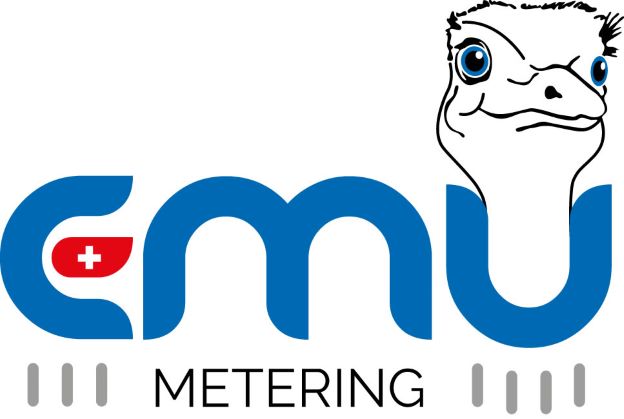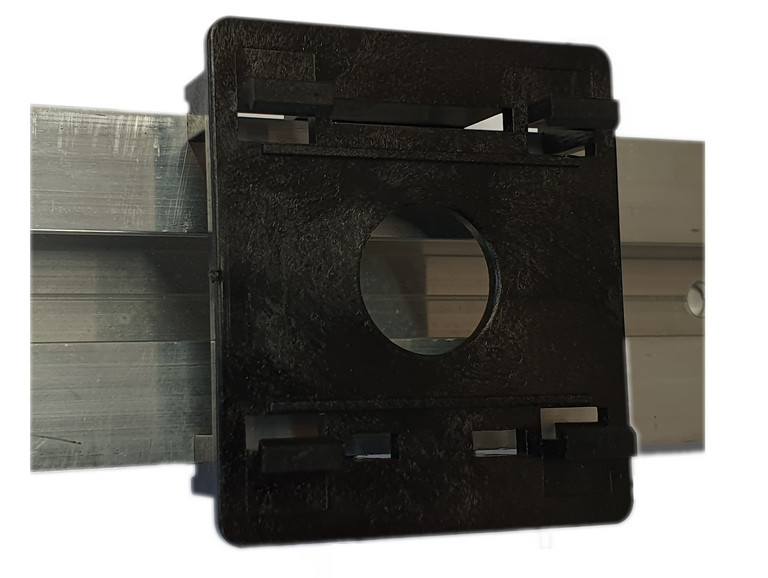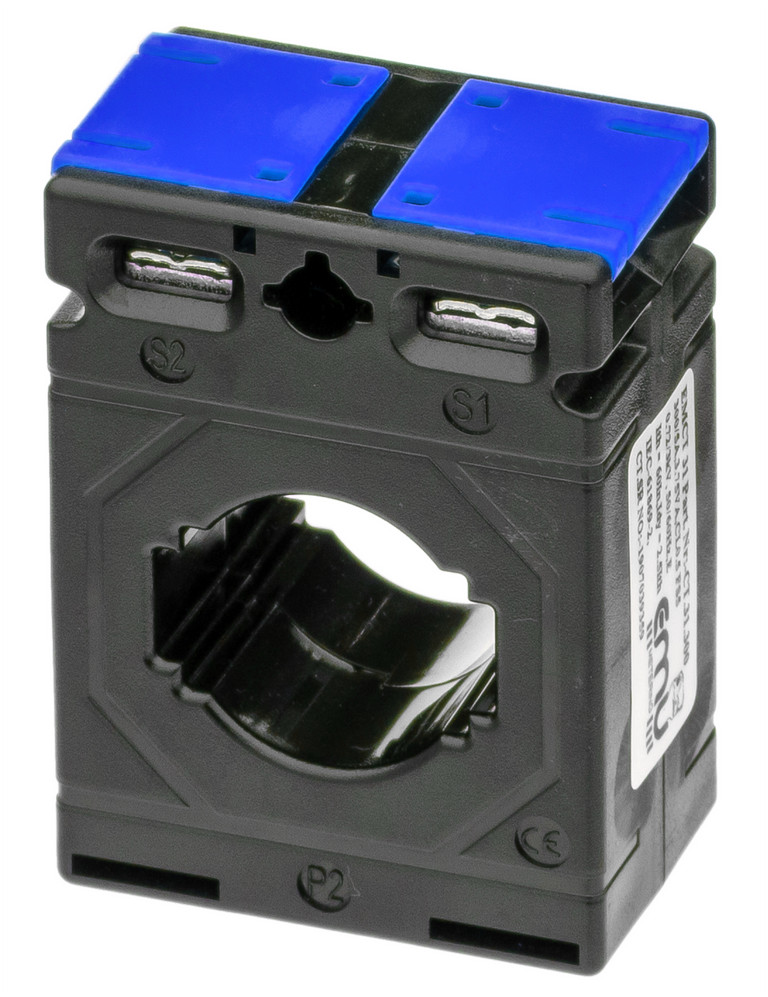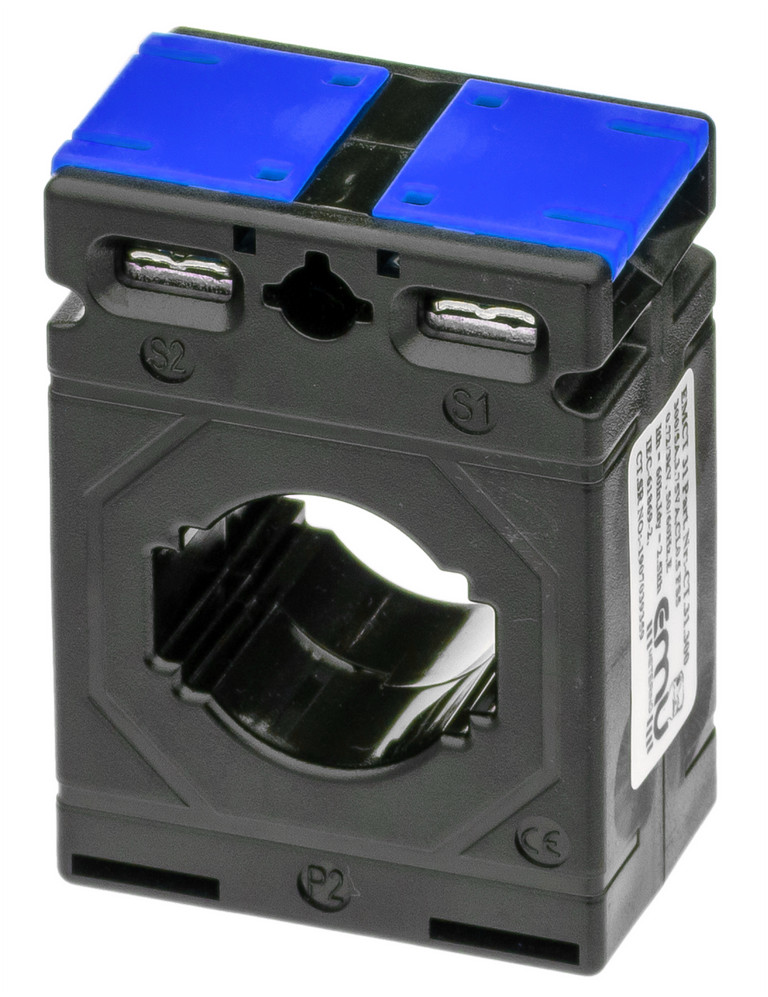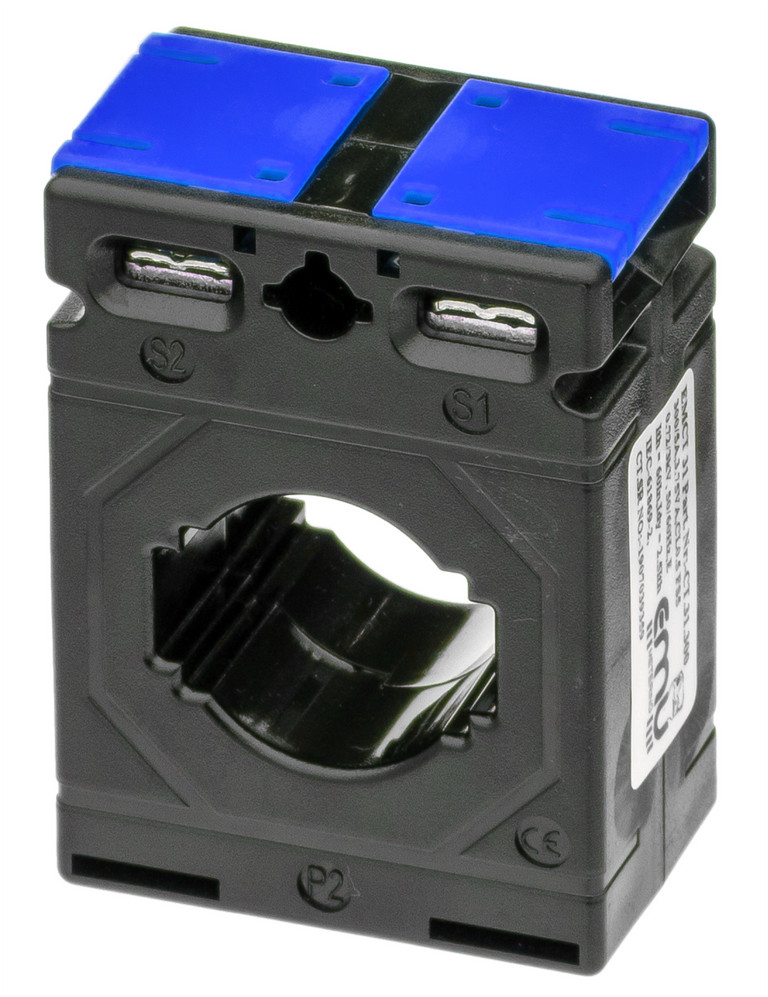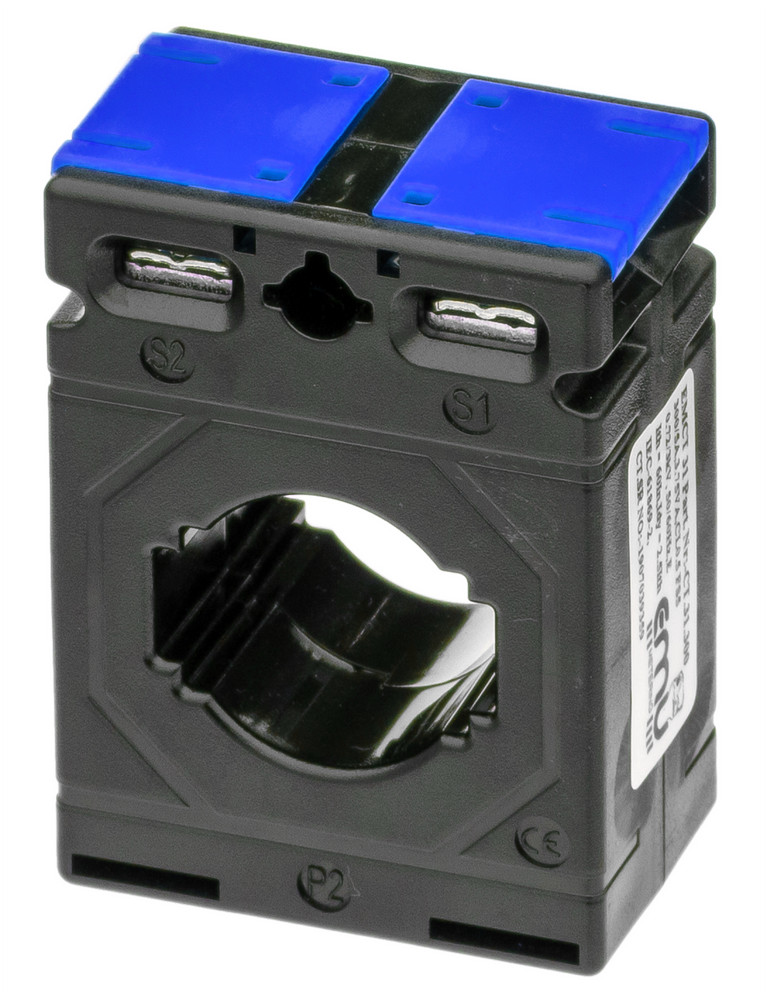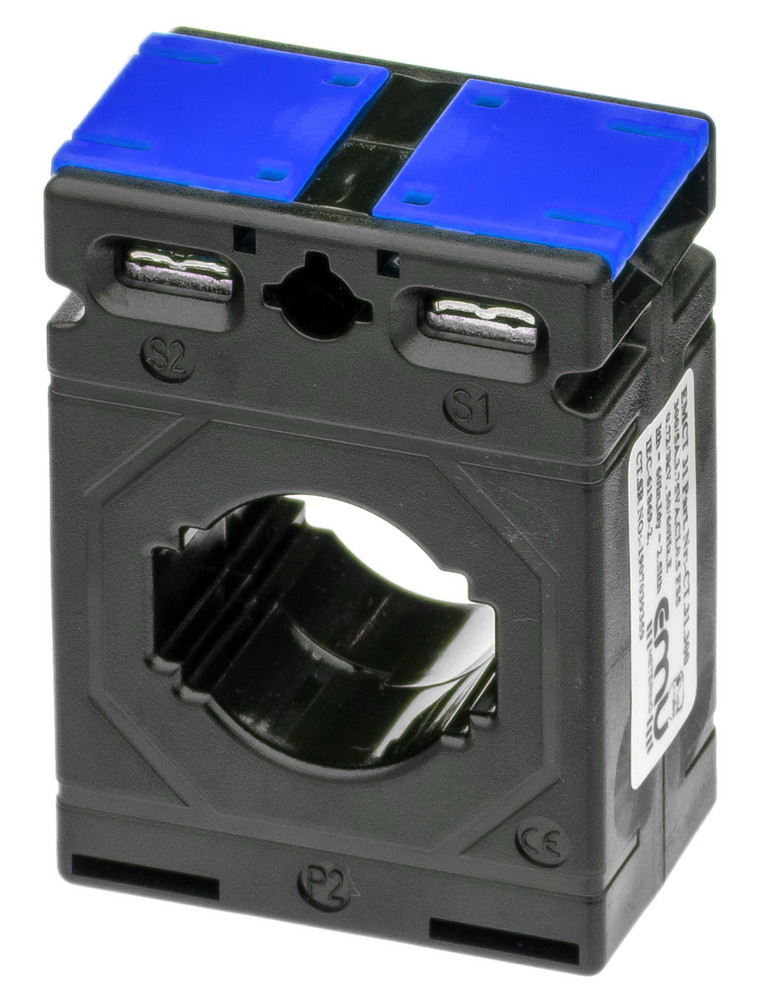1A Current transformer
available from stock
available from stock
available from stock
available from stock
available from stock
available from stock
available from stock
Purchasing 1 A Plug-In Current Transformers at EMU-Metering
Current Transformers capture large primary currents and translate them into the typical current ratings of 1 or 5 Ampere to make them accessible to modern measuring devices, among other things. This makes it possible to reliably and safely include the data collection of higher amperages in your energy management.
In our online store, you will find various types of plug-in transformers for a 1 A secondary current, in addition to many other products. Choose the transformer that suits you best and benefit from the high-quality products of EMU Metering. Do you also need a 5 A plug-in transformer? This is included in our product range too.
Why purchase a plug-in transformer?
Transformers can be categorised according to various criteria. One distinguishing characteristic is their construction type. One of the most common and cost-effective versions is the plug-in transformer. This transformer type is overwhelmingly used for installation on cables or rails. These transformers are easy to install: they are simply pushed over the relevant rail or insulated conductor through which the primary current flows. This makes plug-in transformers the preferred type for installation in newly developed systems. Alternatively, they can also be attached to a rail snap-on clip.
Important note: There is a risk of mortal injury if transformers are installed in live wires. The voltage that flows through the cable is very high. For this reason, transformers and connected measuring devices should only be installed in voltage-free primary lines. For safety reasons, always consult qualified electricians for proper installation.
Furthermore, always pay attention to the quality and intactness of transformers during installation. Dangers and property damage may also be the result of defective devices.
What are the differences between plug-in transformers?
The transformers differentiate themselves in various ways:
- Primary rated current: Instrument transformers are suitable for varying primary currents. Increments of up to 3000 Ampere are standard. Choosing the correct transformer has a positive effect on the subsequent accuracy of measurements.
- Secondary rated current: Typical transmission ratio are 1 A and 5 A for secondary current. The primary and secondary rated current are usually proportional to each other and are indicated as an unabridged break on the rating plate.
- Accuracy class: Since various factors impact a measuring device, it is not possible to achieve a measurement accuracy of a hundred percent. Transformers are therefore categorised according into different classes according to DIN EN 61869-2, which provide information about their measurement accuracy. The number indicates how high the percentage difference may be between the measured value and the actual value.
When do I use 1 A plug-in current transformers?
When it comes to their measurement accuracy, 1 A plug-in transformers are at a slight disadvantage compared to 5 A transformers, because those are usually in a higher accuracy class. Transformers with a secondary current of 1 Ampere, however, are often used when measurement currents are to be transmitted in long cable lengths. Both technical and economic reasons guide the selection.
The product range of 1 A plug-in current transformers at EMU-Metering
In our online store, you can find 1 A plug-in transformers of the EMCT series for primary rated currents of 100 A to 400 A in the classes 0.5 and 1, with standard dimensions of W 50 x H 70 x D 30 mm.
All versions share a high-quality design, a feature that is imperative when handling high electrical currents. In addition, the transformers are delivered including the required fastening materials, for fast and proper installation. A suitable DIN rail snap-on fastener can be easily ordered optionally.
Are you looking for additional products for sustainable and efficient energy management, or do you need additional information for accurate measurement technology? Contact us. We are happy to support you with our expertise.
